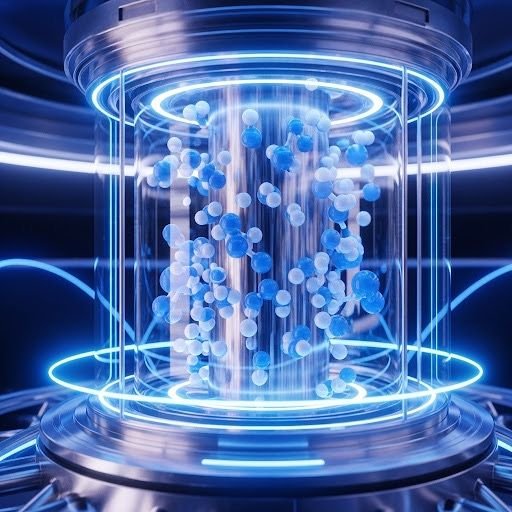Q&A with HYDErogen part 2
Under the spotlight: Hydrogen electrolyser technology part 2
In an interview with guest contributor Dr Kris Hyde, we speak to him about the basics of hydrogen electrolyser technology and the challenges faced from the various options available.
Dr Hyde, a specialist in electrolysis technology, is director of HYDErogen, a consultancy firm offering technical and commercial advice on hydrogen-related technology and business.
Why don’t electrolysers produce hydrogen at higher pressures?
I’ve been asked this question a couple of times by clients. Essentially the Nernst equation can be used to describe how the reversible cell potential compares to the standard cell potential. If you plug the numbers in for compression, you find that it is far more efficient to generate hydrogen at higher pressures in an electrolyser than to generate at low pressure and use a compressor to reach the desired pressure.
Furthermore, generating H2 at higher pressure squeezes moisture out of it, leading to less downstream purification required. Finally, higher pressures leads to smaller bubbles, resulting in improved reactant flow and generally better fluid dynamics, particularly at high current densities.
Image courtesy of HYDErogen
With all of these benefits, why are commercial pressurised electrolysers generally in the 15-50 bar range, while applications generally require higher pressure? Furthermore, why do technology developers often mention high-pressure generation, but they generally don’t materialise?
Demand: Not all green hydrogen applications require hundreds of bar of pressure – steel production, gas grid injection, Fischer-Tropsch processes for instance.
Practicality: This is a great example of when science meets engineering. Good electrolyser stacks are difficult to design. The materials are expensive; the tolerances are tight; they undergo repeated expansion and contraction from pressure and temperature cycling; and the membranes are thin and fragile. All of these problems are exacerbated as stacks get larger (particularly multi-MW scale) as the stresses (and consequent unwanted strains) involved in retaining pressure at higher stack diameters/widths rapidly rises.
Consequently, while making a shoebox-sized stack operate at hundreds of bar is relatively easy, repeating this for a wardrobe-sized multi-MW stack is vastly more complex.
Then you have the cost of this high-pressure stack, then all the downstream equipment (water separation, de-oxo, PSA dryer etc) also needs to be rated at the higher pressure.
Oxygen: If you are generating high-pressure hydrogen, then you can reduce the stresses across your cell by increasing your oxygen pressure. However, pressurised oxygen can be dangerous – as an electrolyser engineer, pressurised oxygen concerns me far more than pressurised hydrogen. Any decision for high-pressure oxygen needs very careful consideration.
So theoretically, high-pressure generation is a brilliant idea, but achieving it practically at multi-MW scale is very difficult.
***
More about HYDErogen
HYDErogen can offer technical due diligence services, help solve real-world problems, and is backed by an engineering sister-company to produce original equipment. Contact Kris Hyde on LinkedIn.


